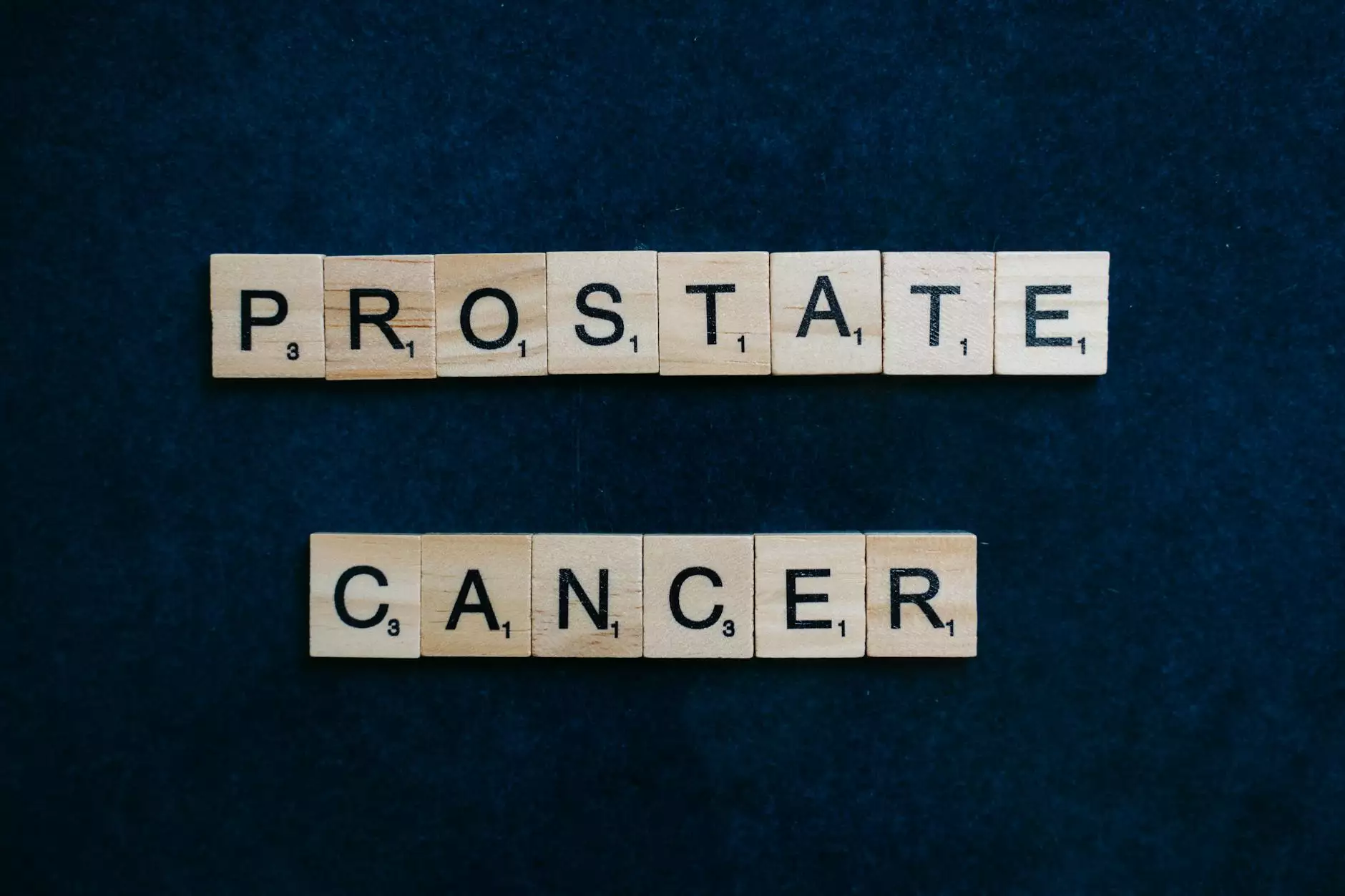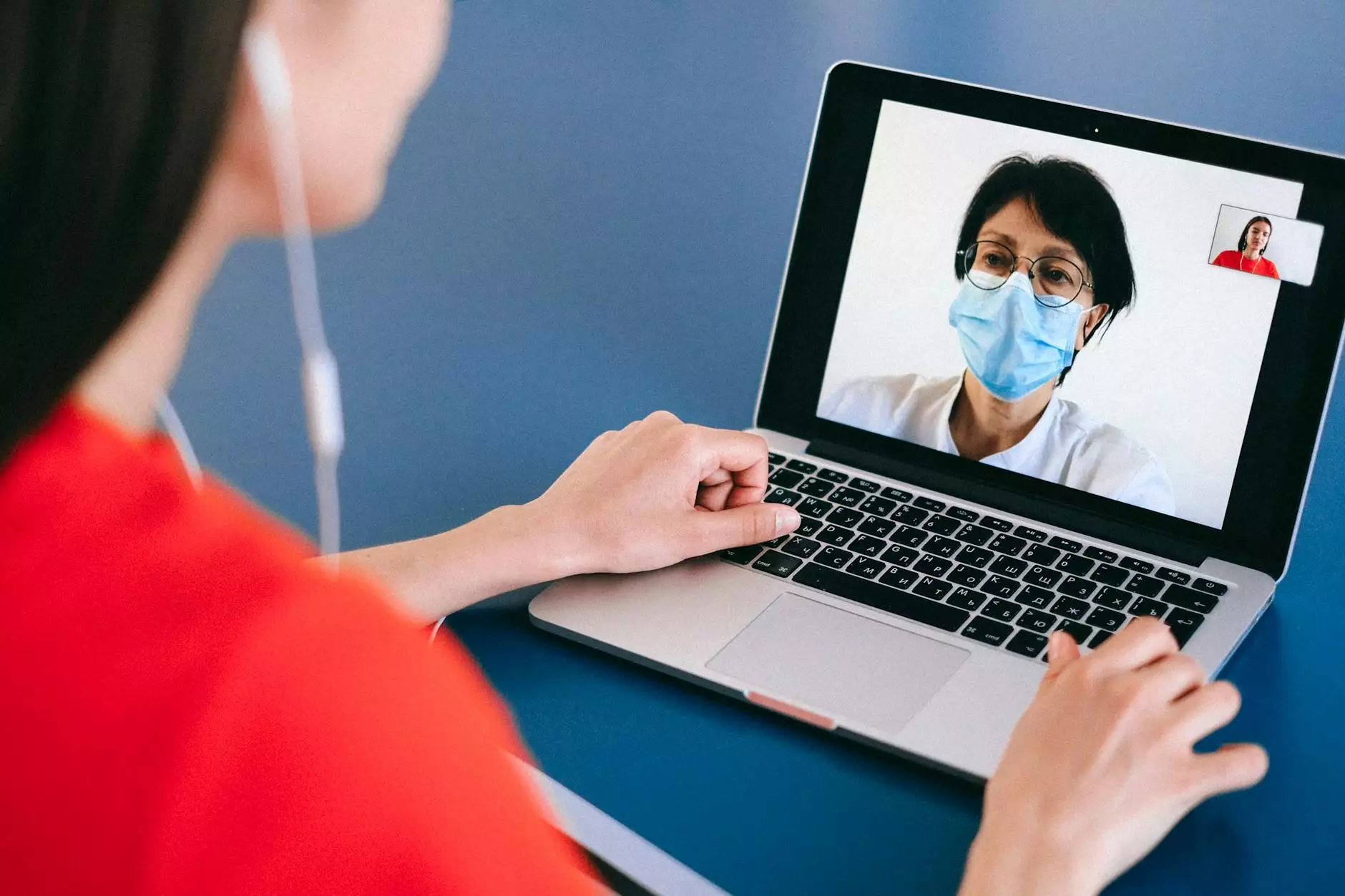Benign Prostatic Hyperplasia – Symptoms and Treatment
Blog
Welcome to Richard Martinez, MD, your trusted source for comprehensive men's health care. In this article, we will discuss the symptoms and treatment options for benign prostatic hyperplasia (BPH), a common condition that affects many men as they age.
Understanding Benign Prostatic Hyperplasia
Benign Prostatic Hyperplasia, also known as BPH, is a non-cancerous enlargement of the prostate gland. Located just below the bladder, the prostate gland produces fluid that nourishes and protects sperm. As men age, the prostate gland can gradually increase in size, causing various urinary symptoms and discomfort.
Common Symptoms of BPH
Men with BPH may experience a range of urinary symptoms, including:
- Frequent urination: The need to urinate more often than usual, especially at night.
- Urgency: A sudden and compelling need to urinate, sometimes making it difficult to reach the bathroom in time.
- Weak urinary stream: A decreased force of urine flow.
- Difficulty starting and stopping urination: Straining or hesitating when initiating or stopping urination.
- Incomplete bladder emptying: The feeling of not fully emptying the bladder after urination.
If you are experiencing any of these symptoms, it is important to consult with a knowledgeable healthcare provider for an accurate diagnosis and appropriate treatment plan.
Treatment Options for BPH
At Richard Martinez, MD, we offer a range of treatment options tailored to each patient's needs. Our team of experienced healthcare professionals will work with you to develop a personalized treatment plan that suits your condition and lifestyle. Some common treatment options for BPH include:
Medications
Prescription medications are often the first line of treatment for mild to moderate cases of BPH. These medications can help relax the muscles of the prostate and bladder, improving urinary symptoms. It is important to follow your healthcare provider's instructions and report any side effects.
Minimally Invasive Therapies
In some cases, minimally invasive procedures may be recommended to alleviate BPH symptoms. These procedures aim to reduce the size of the prostate gland or improve urine flow. Some common minimally invasive therapies for BPH include:
- Laser Therapy: This procedure uses focused laser energy to remove excess prostate tissue, relieving urinary symptoms.
- UroLift: UroLift is a minimally invasive procedure that uses tiny implants to lift and hold the enlarged prostate tissue, opening up the urethra and improving urine flow.
- Transurethral Needle Ablation (TUNA): TUNA utilizes radiofrequency energy to heat and destroy excess prostate tissue.
Surgery
In severe cases of BPH, where medications or minimally invasive therapies have not provided sufficient relief, surgery may be recommended. The most common surgical procedure for BPH is transurethral resection of the prostate (TURP). During this procedure, a portion of the prostate gland is removed to alleviate urinary symptoms.
Conclusion
Benign Prostatic Hyperplasia is a common condition among men, but it doesn't have to disrupt your quality of life. At Richard Martinez, MD, we specialize in providing comprehensive care for men's health conditions, including BPH. Our experienced team is dedicated to helping you find the most effective treatment options tailored to your needs.
If you are experiencing symptoms of BPH or have concerns about your prostate health, we encourage you to schedule a consultation with Richard Martinez, MD. Take control of your health and find relief from the symptoms of BPH.




